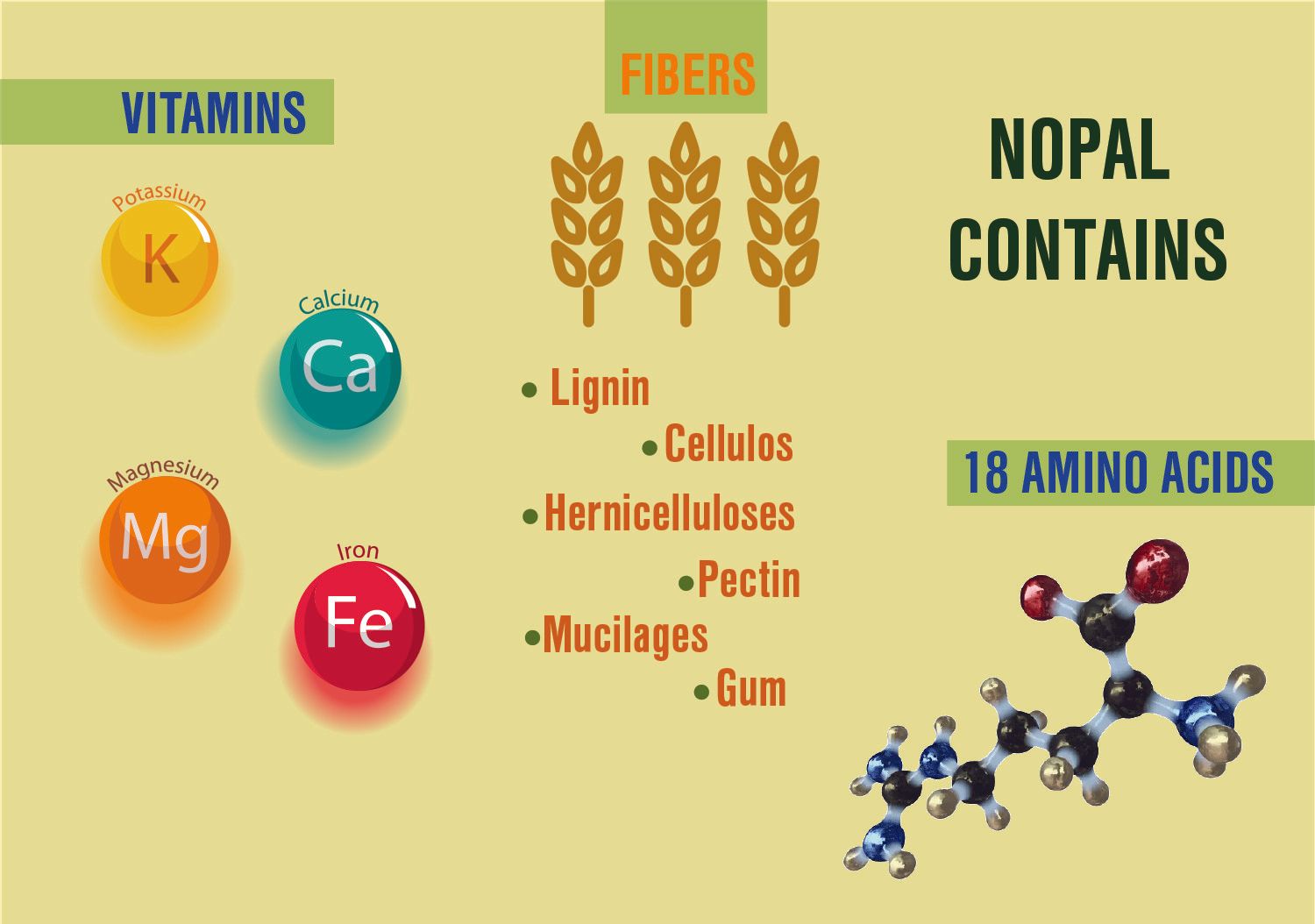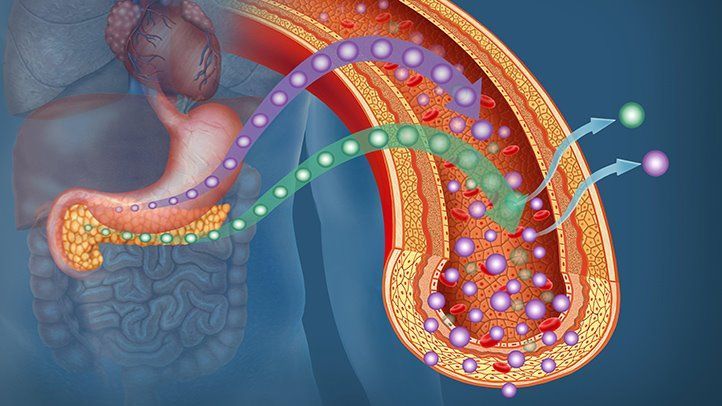NOPAL CACTUS EXTRACT by VHP
Made from the same cactus plant (opuntia ficus-indica) used by
Indians from Mexico and Southwestern U.S.A. for centuries.
Hypoglycemic Effect of Nopal
Hypoglycemic Effect of Opuntia Streptacantha Lemaire in NIDDM
Frati-Munari AC, Gordillo BE, Altqmirano P, Ariza CR.
Department of Internal Medicine, Hospital de Especialidades del Centro Medico La Raza, Instituto Mexicano del Seguro Social, Mexico D.F.
To assess the hypoglycemic effect of the Nopal Opuntia Streptacantha Lemaire (a spineless species of Nopal), three groups of patients with non-insulin-dependent diabetes mellitus (NIDDM) were studied. Group one (16 patients) ingested 500 g of broiled Nopal stems. Group 2 (10 patients) received only 400 ml of water as a control test. Three tests were performed on group 3 (6 patients): one with Nopal, a second with water, and a third with ingestion of 500 g broiled squash. Serum glucose and insulin levels were measured at 0, 60, 120, and 180 min. After the intake of O. Streptacantha Lem., serum glucose and serum insulin levels decreased significantly in groups 1 and 3, whereas no similar changes were noticed in group 2. The mean reduction of glucose reached 17.6% (+/- 2.2% of basal values) at 180 min in group 1 and 16.2% (+/- 1.8%) in group 3; the reduction of serum insulin at 180 min reached 50.2% (+/- 8.0%) in group 1 and 40.3% (+/- 12.4%) in group 3. This study shows that the stems of O. Streptacantha Lemaire cause a hypoglycemic effect in patients with NIDDM. The mechanism of this effect is unknown, but increased insulin sensitivity is suggested.
PMID: 3276479
Prickly pear (Opuntia sp.) pectin reverses low-density lipoprotein receptor suppression induced by a hypercholesterolemic diet in guinea pigs.
Fernandez ML, Lin EC, Trejo A, McNamara DJ.
Department of Nutrition and Food Science, University of Arizona, Tucson 85721.
The effects of prickly pear pectin on plasma LDL metabolism were investigated by feeding guinea pigs either a diet containing 15 g/100 g lard and 0.25 g/100 g cholesterol (LC diet) or the LC diet in which cellulose was partially replaced (2.5 g/100 g) by prickly pear pectin (LC-P diet). The LC-P diet lowered plasma LDL cholesterol concentrations by 33% (P < 0.001). Low-density lipoprotein composition was modified by intake of prickly pear pectin; the relative percentages of free and esterified cholesterol were lower and triglycerides were higher in LDL from animals fed the LC-P diet (P < 0.05). Intake of prickly pear pectin did not affect hepatic 3-hydroxy-3-methylglutaryl coenzyme A reductase activity; however, hepatic free and esterified cholesterol concentrations were lowered by 46 and 64%, respectively. Hepatic apolipoprotein B/E receptor expression (Bmax) was 60% higher in animals fed the LC-P diet (P < 0.01). Similar to the in vitro data, receptor-mediated LDL fractional catabolic rates were 190% higher in animals fed the LC-P diet (P < 0.05), whereas apolipoprotein LDL flux rates were not affected. Apolipoprotein LDL pool size and fractional catabolic rates exhibited a significant correlation (r = -0.52, P < 0.01). These data indicate that an increase in apolipoprotein B/E receptor expression is a major metabolic response by which intake of prickly pear pectin decreases plasma LDL concentrations.
PMID: 1333520
2601 Zinnia Ave McAllen, TX 78504
All Rights Reserved | VHP Foods


